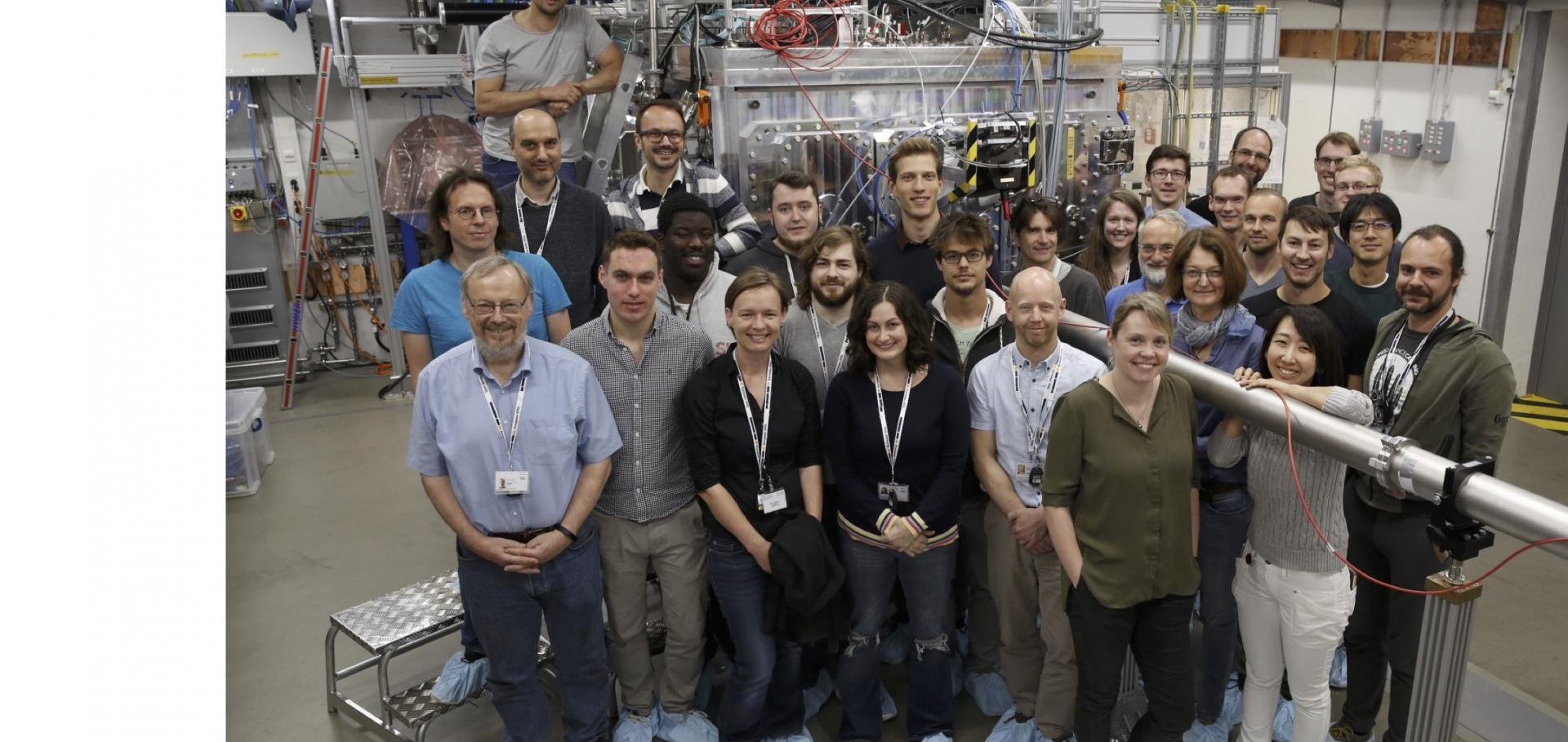Turning solid aluminium transparent by intense soft X-ray photoionization
Nature Physics 5:9 (2009) 693-696
Abstract:
Saturable absorption is a phenomenon readily seen in the optical and infrared wavelengths. It has never been observed in core-electron transitions owing to the short lifetime of the excited states involved and the high intensities of the soft X-rays needed. We report saturable absorption of an L-shell transition in aluminium using record intensities over 10 16 W cm 2 at a photon energy of 92 eV. From a consideration of the relevant timescales, we infer that immediately after the X-rays have passed, the sample is in an exotic state where all of the aluminium atoms have an L-shell hole, and the valence band has approximately a 9 eV temperature, whereas the atoms are still on their crystallographic positions. Subsequently, Auger decay heats the material to the warm dense matter regime, at around 25 eV temperatures. The method is an ideal candidate to study homogeneous warm dense matter, highly relevant to planetary science, astrophysics and inertial confinement fusion. © 2009 Macmillan Publishers Limited. All rights reserved.Emission Spectroscopy from an XUV Laser Irradiated Solid Target
Springer Proceedings in Physics Springer Nature 130 (2009) 549-555
Femtosecond X-ray Diffraction: Applications for Laser-Irradiated Materials
ATOMIC PROCESSES IN PLASMAS 1161 (2009) 253-253
Simulating picosecond x-ray diffraction from shocked crystals using post-processing molecular dynamics calculations
Journal of Physics Condensed Matter 20:50 (2008)
Abstract:
Calculations of the patterns of x-ray diffraction from shocked crystals derived from the results of non-equilibrium molecular dynamics (NEMD) simulations are presented. The atomic coordinates predicted from the NEMD simulations combined with atomic form factors are used to generate a discrete distribution of electron density. A fast Fourier transform (FFT) of this distribution provides an image of the crystal in reciprocal space, which can be further processed to produce quantitative simulated data for direct comparison with experiments that employ picosecond x-ray diffraction from laser-irradiated crystalline targets. © 2008 IOP Publishing Ltd.OPALS: The Oxford plasma accelerator light source project
30th International Free Electron Laser Conference, FEL 2008 (2008) 163-166


